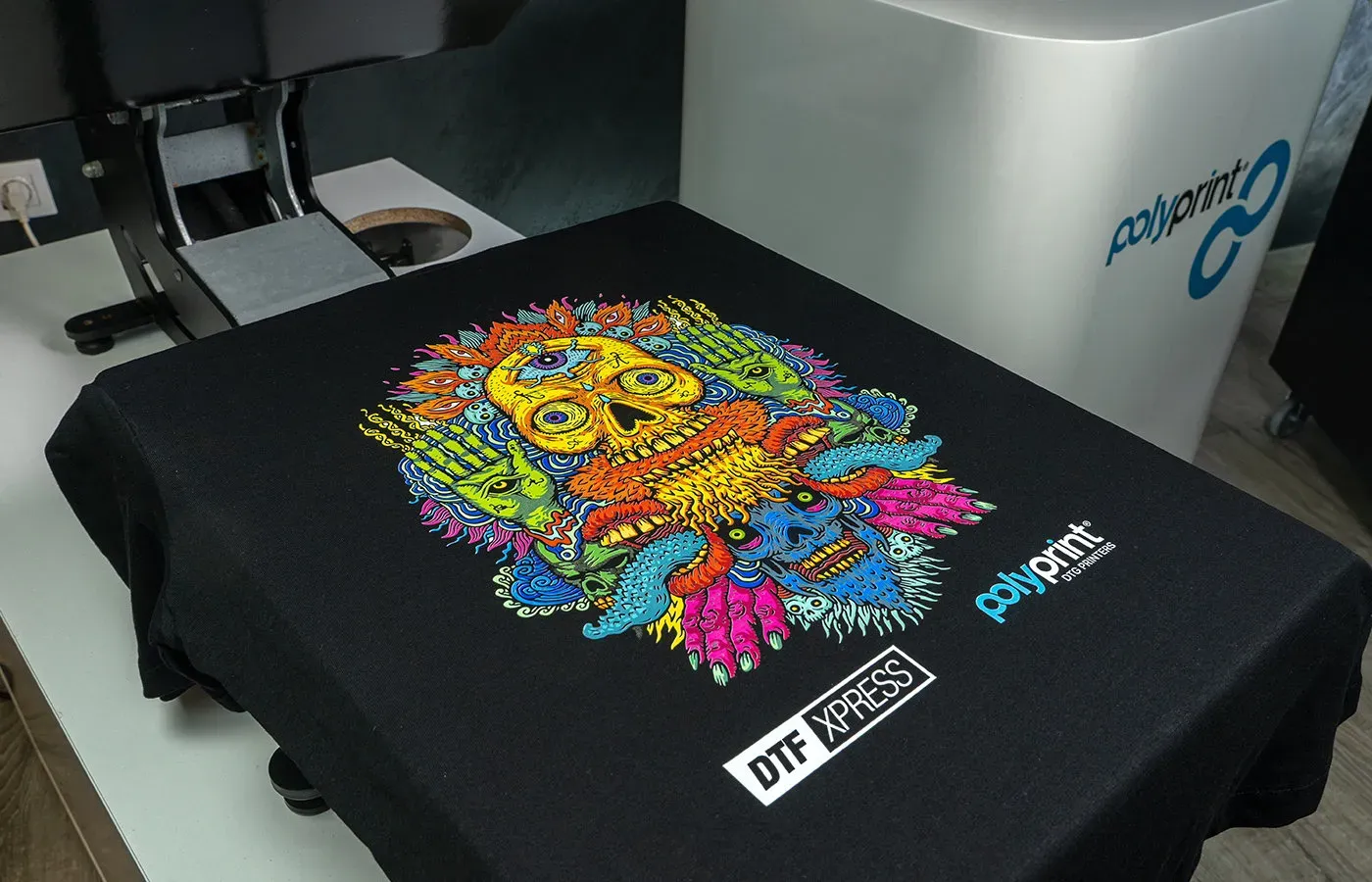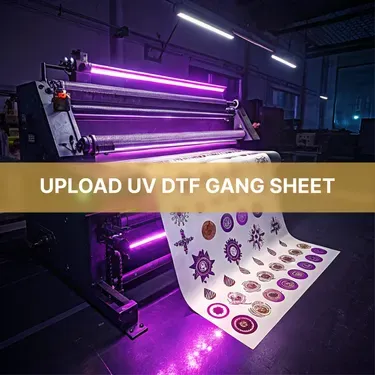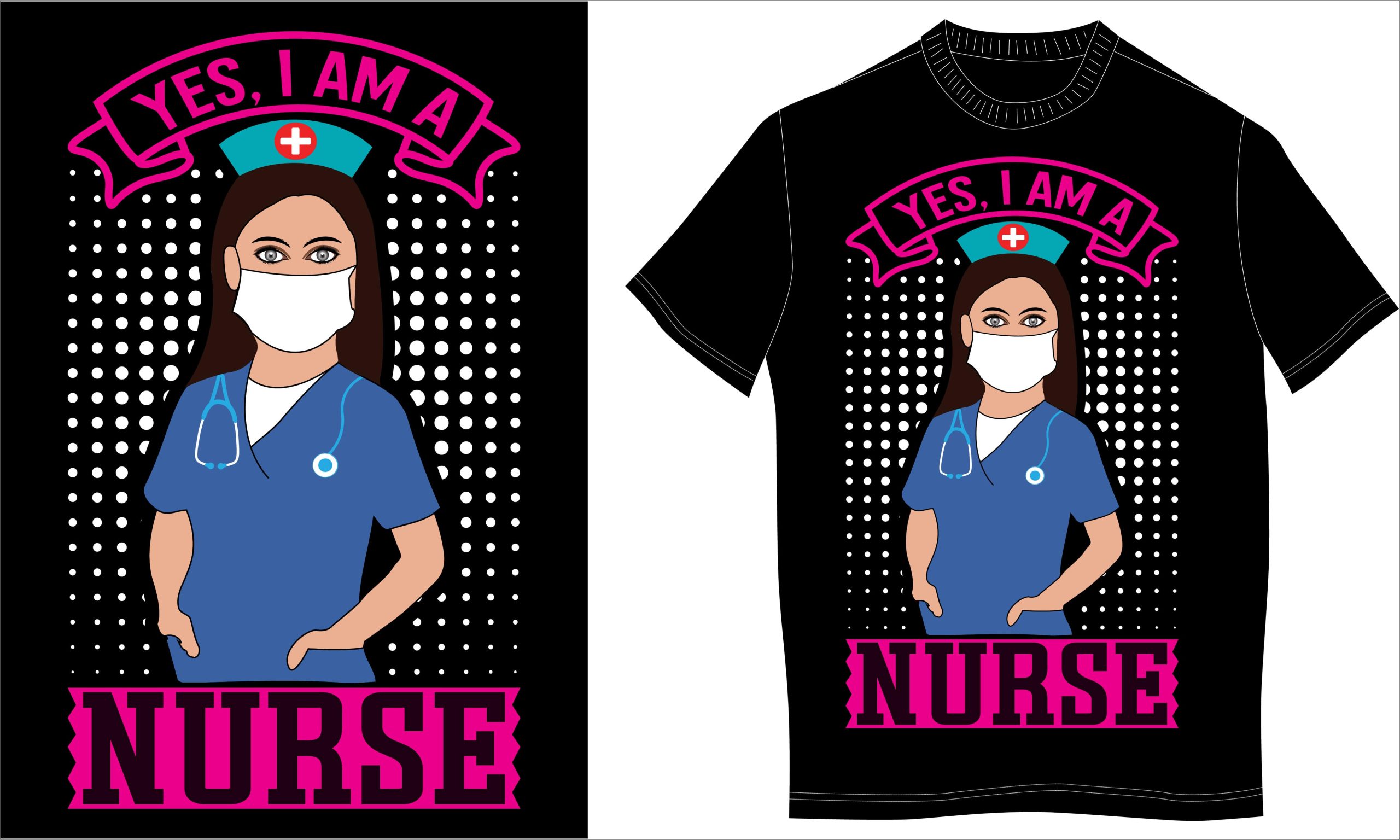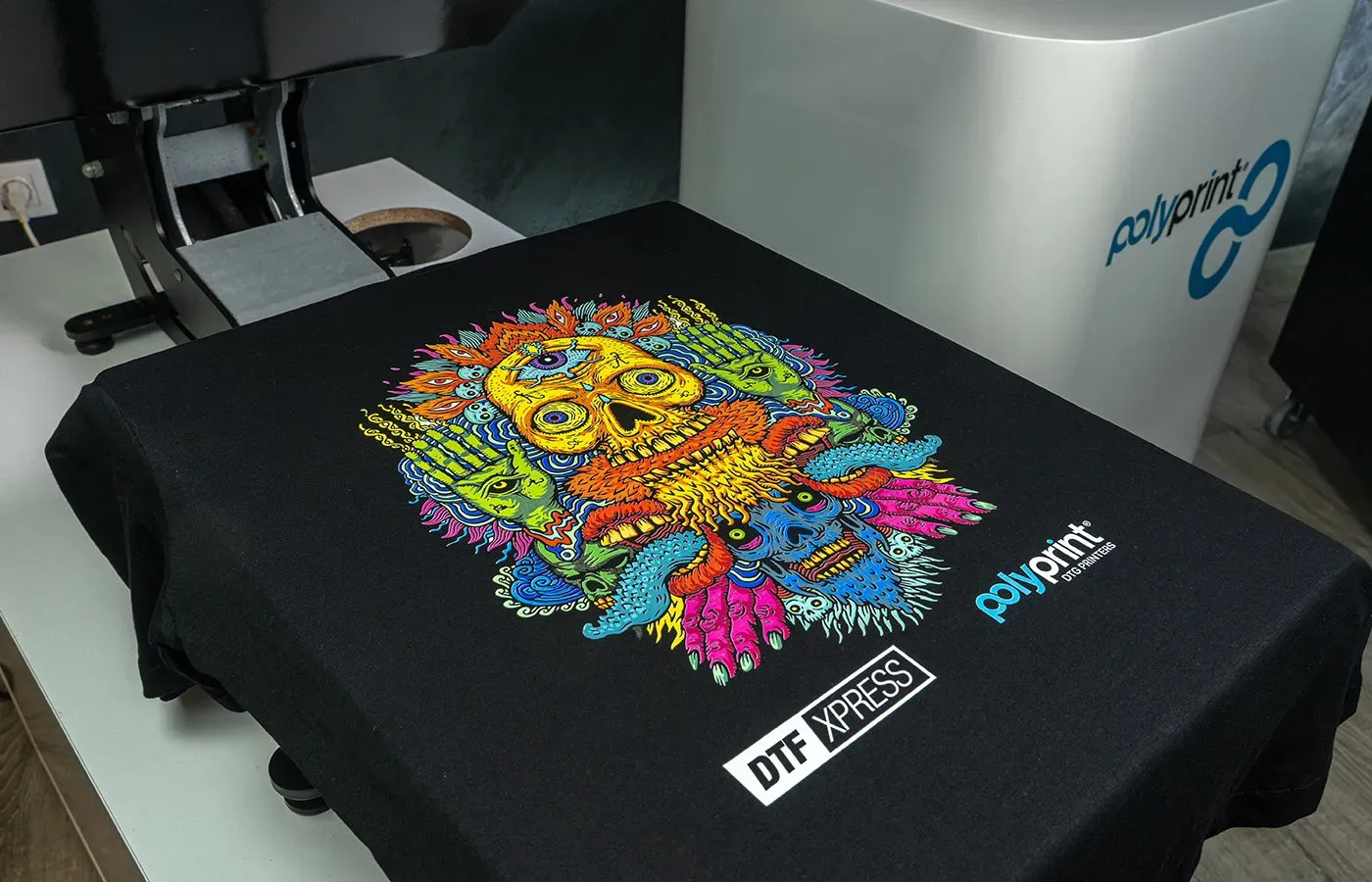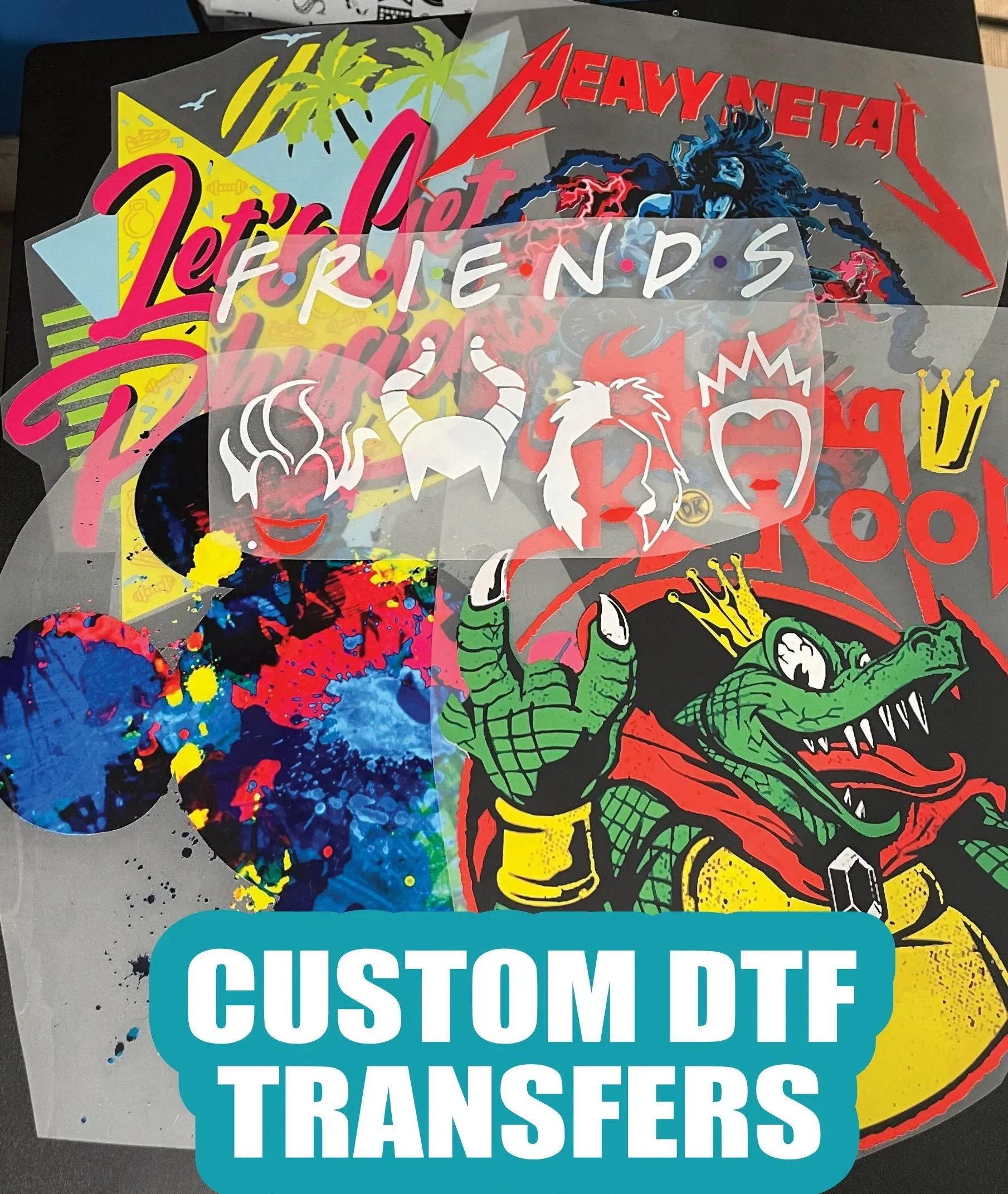DTF Printing: Discover the Future of High-Quality Textile Printing
DTF printing, or Direct-to-Film printing, represents a groundbreaking stride in high-quality fabric printing, transforming how designs are applied to textiles. This innovative technology utilizes a unique process where vibrant prints are first created on a transfer film before being heat-pressed onto fabric, ensuring stunning clarity and durability. As the textile printing industry embraces these advancements, the benefits of DTF printing become increasingly apparent, offering efficiency and versatility for various materials. With ongoing innovations in Direct-to-Film technology, businesses can not only meet current demands but also anticipate the future of textile printing with confidence. In a world where customization and quality are paramount, DTF printing stands as a significant player reshaping the landscape of fabric decoration.
The realm of fabric decoration has evolved remarkably, inviting terms such as film transfer printing and advanced textile application techniques to the forefront. This evolution marks an era of textile printing innovations, where new methodologies are breaking traditional barriers and allowing for more specialized production processes. The growing emphasis on quality and flexibility in garment fabrication highlights the benefits associated with these modern printing processes, offering limitless possibilities for creative expression in fabric designs. As we explore these technologies, it becomes evident that cutting-edge methods like DTF printing are not mere trends but integral components in the future of textile printing, driving the industry towards sustainable and high-standard practices.
Understanding the Mechanics of DTF Printing
Direct-to-Film (DTF) printing utilizes a sophisticated process that begins with printing designs onto a special film. This film acts as a medium, capturing vibrant colors and intricate details with precision. Once printed, the film is then treated with a powder adhesive, which is essential for ensuring that the design adheres effectively to the fabric once heat and pressure are applied. The entire process results in high-resolution prints that stand out due to their clarity and durability, making DTF printing highly preferred for various textile applications.
Unlike traditional printing methods which often struggle with fine details and color vibrancy, DTF printing excels at producing visually striking designs. Whether it’s on cotton, polyester, or blended fabrics, the DTF process guarantees a robust and long-lasting finish. The flexibility inherent in DTF technology allows businesses to explore a vast array of fabric options, which is increasingly important in the ever-evolving landscape of high-quality fabric printing.
The Versatility of DTF Printing
One of the standout features of DTF printing is its incredible versatility. This technique can successfully be applied to a plethora of materials, from standard cotton to technical polyester blends. This expands the potential for businesses to cater to a wider range of customers looking for customized apparel, promotional materials, and more. As the demand for unique, personalized textiles grows, the ability of DTF to perform across varied fabrics becomes a crucial selling point for companies specializing in high-quality fabric printing.
Furthermore, DTF printing’s adaptability does not stop at fabric choices. It is also applicable in numerous sectors, including fashion, sportswear, and promotional items. This versatility means businesses can rapidly pivot to meet market trends and customer needs without undergoing significant changes in their production processes. As DTF technology continues to evolve, its ability to embrace new fabric innovations only further solidifies its status as an industry game-changer.
DTF Printing: A Cost-Effective Solution for Low-Volume Production
For small businesses and startups, managing production costs is a crucial aspect of achieving profitability. DTF printing presents itself as a cost-effective alternative, especially for companies that require low-volume runs. Unlike traditional screen printing, where setup costs can be prohibitively high, DTF printing allows businesses to create high-quality prints without the burden of excessive startup costs associated with larger orders.
This affordability factor enables entrepreneurs to experiment with different designs and product offerings, ultimately leading to greater creativity and market reach. As the trend of personalization in consumer products continues to rise, DTF printing empowers small businesses to successfully compete in an increasingly crowded marketplace, providing high-quality results at a fraction of the cost.
Environmental Sustainability in DTF Printing
In the textile industry, sustainability has become a cornerstone of production processes as consumers increasingly demand eco-friendly products. DTF printing aligns well with this trend by offering a more environmentally friendly alternative compared to many traditional printing methods. With advancements in DTF technology, manufacturers are now utilizing eco-friendly inks that minimize environmental impact while still achieving vibrant, high-quality prints.
The ability to produce less waste during production processes further enhances DTF printing’s appeal within the sustainable fashion landscape. By embracing practices that prioritize material efficiency and eco-conscious sourcing, DTF printing is not only meeting current consumer expectations but is also paving the way for a more sustainable future in textile printing.
Recent Innovations Advancing DTF Technology
The recent advancements in DTF technology indicate a rapidly evolving industry that is continually refining its processes for better performance. Companies like EazyDTF and Snuggle have highlighted the commitment to enhancing the capabilities of DTF printing by offering faster turnaround times and more user-friendly platforms. These innovations reflect a growing confidence in DTF technology as a viable option for businesses invested in high-quality textile printing.
Additionally, the introduction of products such as compact DTF printers aims to democratize access to high-quality printing for smaller businesses and freelancers. This trend not only showcases technological advancements but also indicates a shift towards a more decentralized printing market, where various businesses can capitalize on the emerging opportunities in textile printing innovations.
The Future and Potential of DTF Printing
As we look ahead, the future of DTF printing appears bright, with ongoing advancements promising to reshape the textiles industry. With technology continually improving, it is becoming increasingly viable for both large-scale manufacturers and small businesses alike. The versatility of DTF printing positions it as a leading printing solution, catering to the diverse needs of the customer base while also aligning with market demands for high-quality, customizable products.
Moreover, as DTF’s reputation continues to gain traction, so does its potential for redefining operational strategies in textile production. Businesses that invest in DTF technology can expect not only to meet the demands of current trends but also to lead the charge in the future of high-quality textile printing, setting new standards for quality and creativity in the industry.
Frequently Asked Questions
What is DTF printing and how does it revolutionize high-quality fabric printing?
DTF printing, or Direct-to-Film printing, is an innovative method that transfers designs directly from a specially printed film to fabric using heat and pressure. This technology allows for the production of high-quality, vibrant prints with intricate details, making it a game-changer in the textile printing industry.
What are the primary benefits of using DTF printing for textile applications?
The benefits of DTF printing include its versatility across materials, the ability to produce vibrant and detailed prints, cost-effectiveness for small production runs, quick turnaround times, and the option of eco-friendly inks, aligning with modern sustainability trends in fabric printing.
How does DTF printing compare to traditional textile printing methods?
DTF printing differs from traditional methods like screen printing and DTG printing in its process and output. It excels in producing vivid colors and sharp designs with greater durability, and it is particularly effective for short runs, setting it apart in the realm of high-quality fabric printing.
What recent developments are shaping the future of DTF printing technology?
Recent developments such as EazyDTF’s capacity expansion, Snuggle’s web-to-print platform, and innovative product introductions like Mimaki’s UV DTF technology are significantly shaping the future of DTF printing. These advancements indicate a growing confidence and integration of DTF into mainstream textile production.
Is DTF printing a sustainable option in the textile printing industry?
Yes, DTF printing is considered a sustainable option due to advancements that enable the use of eco-friendly inks and materials. This shift reflects the growing demand for sustainable practices in the textile and fashion industry, making DTF a forward-thinking choice for high-quality fabric printing.
What potential applications does DTF printing have beyond traditional textiles?
Beyond traditional textiles, DTF printing is expanding into areas such as custom stickers and various product designs, as evidenced by innovations like Mimaki’s UV DTF technology. This versatility opens up numerous possibilities for businesses looking to innovate within the fabric printing and broader creative industries.
| Key Features | Details |
|---|---|
| Definition of DTF Printing | A modern printing method where designs are printed on film and transferred to fabric. |
| Advantages of DTF Printing | 1. Versatility: Works on various materials (cotton, polyester, etc.). 2. Vibrant Prints: Produces sharp, colorful designs. 3. Cost-effective: Ideal for small batches without quality loss. 4. Speed: Quick turnaround for orders. 5. Sustainability: Eco-friendly options available. |
| Recent Developments | 1. EazyDTF’s expansion for same-day shipping. 2. Snuggle’s web-to-print platform for easier access. 3. AM.CO.ZA’s compact A3 DTF printer for small businesses. 4. Mimaki’s UV DTF technology for diverse product applications. |
| Future Outlook | DTF printing is expected to revolutionize garment production, offering high-quality and customizable solutions. |
Summary
DTF printing is emerging as a transformative force in the textile printing industry. This innovative method not only enables high-quality prints on diverse materials but also addresses the growing demand for efficiency and sustainability in garment production. As technology advances, incorporating versatile applications and cost-effective processes, DTF printing is set to lead the way in redefining standards within the textile sector. With significant improvements and recent developments reinforcing its market presence, businesses investing in DTF printing are well-positioned to meet current demands while spearheading further innovations in the industry.

